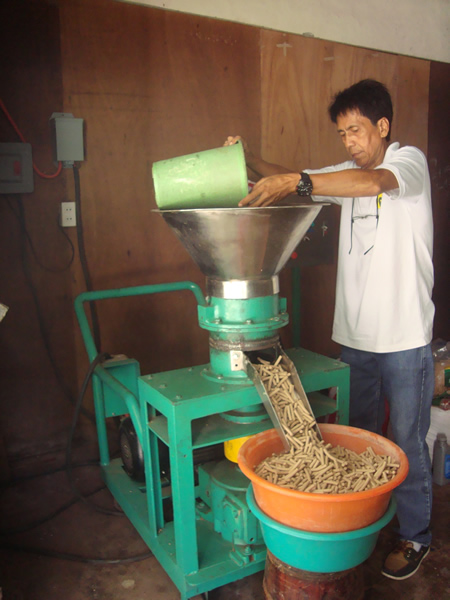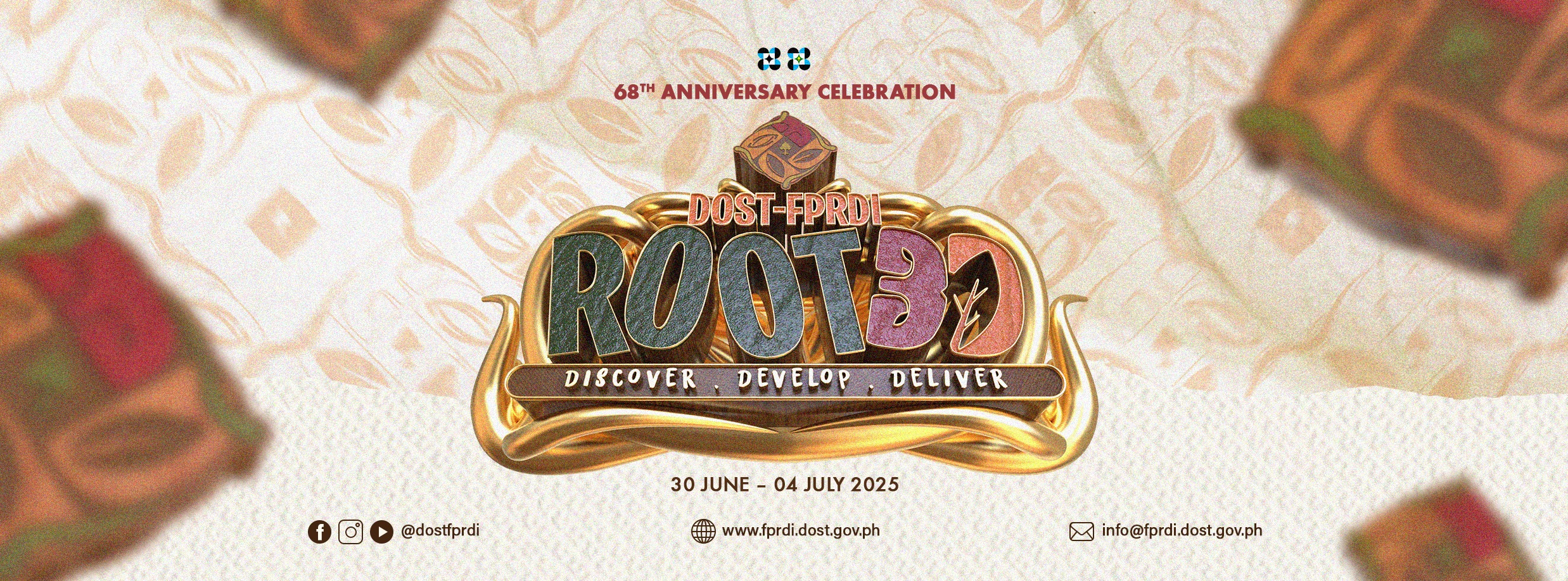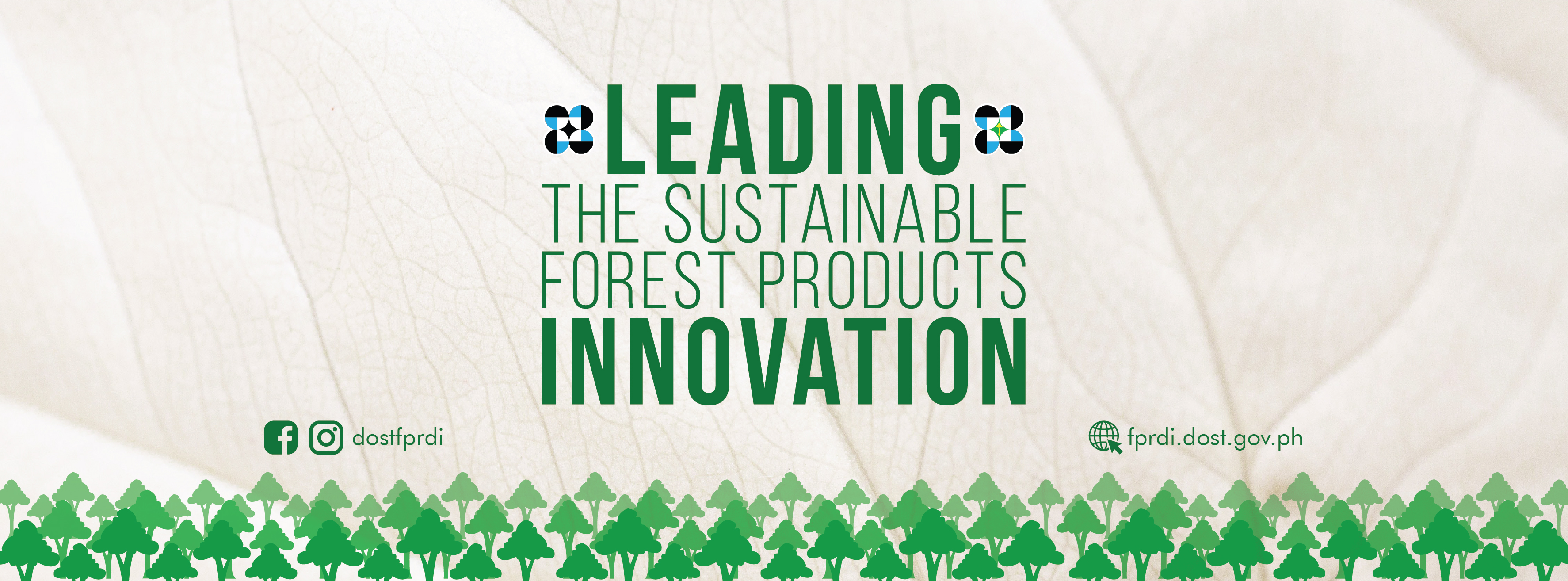DOST- FPRDI develops biomass pelletizer
September 30, 2015

|
| The FPRDI biomass pelletizer. |
A pelletizing machine that may help turn some of the country’s agro-forest wastes into quality fuel has recently been developed by researchers of the Department of Science and Technology’s Forest Products Research and Development Institute (DOST-FPRDI).
The pelletizer produces between 100 to 160 kilos of densified pellets per hour from mixed wood species, bamboo sawdust and rice hull.
“We developed the biomass pelletizer because we wanted a cheaper machine - one made from local materials - that could help our wood processing plants turn their factory wastes into clean industrial fuel,” says DOST-FPRDI researcher Dante B. Pulmano.
“The Department of Agriculture and the Department of Environment and Natural Resources estimate that the country’s total agro-forest wastes amount to an equivalent of 254 million barrels of oil. This vast supply, however, remains untapped because biomass residues are often difficult to transport and have uneven properties.”
Pulmano explains, “Wood pellets have been used for years now as industrial fuel in more developed countries. Pellets have higher heat values than wood wastes and are thus better suited to co-fire with coal. As environmental groups lobby increasingly against the use of coal in industry, wood pellets face a bright future as a clean fuel.”
A Chinese researcher reports that fully replacing coal with pellets can bring down Green House Gas (GHG) emissions by 91% for a coal plant and by 78% for a natural gas combined-cycle power plant, and emissions of nitrous oxides by 40–47% and sulphur oxides by 76–81%. Even co-firing a mix of 10 or 20% wood pellets with coal substantially brings down GHG emission.
Greenhouse gases trap heat from the sun and warm the earth’s surface, making them the prime driver of global climate change. Of U.S. greenhouse gas emissions, the majority are related to burning of fossil fuels, and most of those are carbon dioxide.
According to DOST-FPRDI’s For. Robert A. Natividad, “The most common forms of biomass used as substitute fuel are wastes from wood processing and agriculture. These include branches and stumps from tree plantation thinning and harvesting; sawdust, wood chips, shavings and trimmings from wood processing plants, and agricultural wastes such as rice hull, coconut husks and shells, coco coir dust and sugarcane bagasse.”
He continues, “Our target users for the pelletizer are the country’s 29 active sawmills and 255 mini sawmills which have a total daily capacity of 2,698 cubic meters. It is estimated that about a third of their wood raw material inputs is generated as waste.”
Pulmano adds, “Because it is a renewable source of energy, pellets have become popular in industrialized countries. In 2013, the EU used 10 million tons of wood pellets for domestic heating and 9 million tons for industrial purposes, while North America used 4 million tons. The Asian demand in 2015 is likely to reach up to 3 million tons with China, South Korea, and Japan as the largest customers.”
“In the Philippines, experts say that if wood pellets will be used to replace all the fuel needs of the coal-fired power plants, 9.5 million metric tons of pellets will be needed a year.”
The country is in an ideal position geographically, climatically and structurally to penetrate the wood pellets market,” says Mark Quinn, Chief Executive Officer of Clenergen Corporation, a company which intends to generate electricity from renewable sources.
The FPRDI biomass pelletizer is set to be tested under factory conditions to further assess its technical and economic viability. (Rizalina K. Araral, 24 September 2015)#











